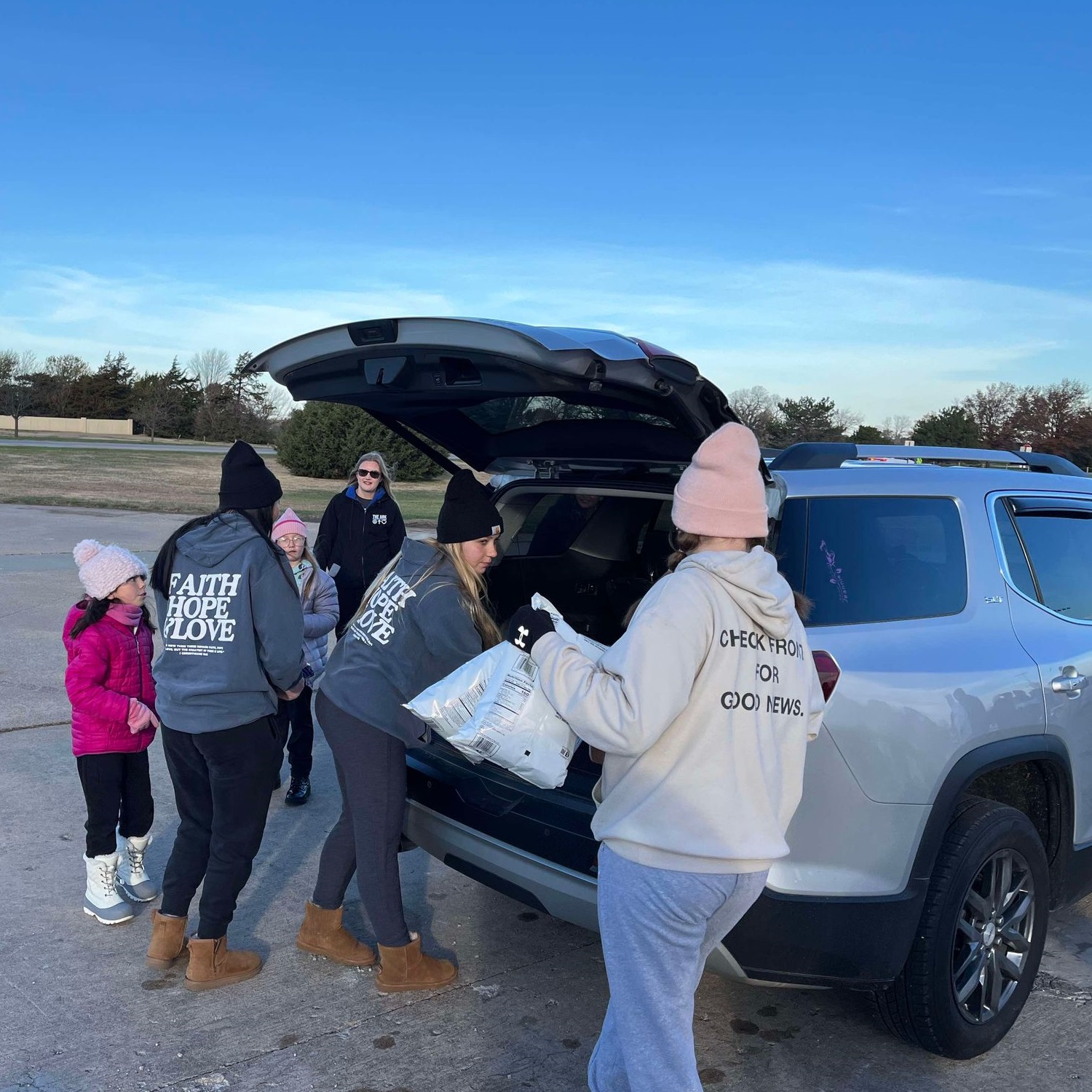CLEVELAND — The Royals are on a mission to fix the problem that seems to have followed them all year in their starters’ first-inning struggles, because on nights like Tuesday at Progressive Field, an opponent’s big first inning can set the tone for the rest of the game.
Daniel Lynch allowed three runs in the first and another in the second in the Royals’ 4-1 loss to Cleveland, and Kansas City’s offense couldn’t overcome that deficit despite having multiple opportunities against Indians starter Cal Quantrill.
Royals starters have a 5.86 ERA in the first inning, ranked 26th in Major League Baseball after Tuesday night. It’s by far their worst inning, although that’s a trend seen with almost every other team as starters get settled into games.
For Kansas City, it’s a trend the club wants to see fixed, especially with its young starters establishing themselves in the Majors.
“It’s something that I really want to improve on,” Lynch said. “It’s something that I’m aware of. … But I want to work hard to make that my best inning, because I think it sets the tone for the rest of the game.”
Lynch walked the first batter he faced, Myles Straw, on four pitches and then walked Oscar Mercado on eight pitches. José Ramírez singled to load the bases, and it was clear that Lynch was having trouble finding the strike zone with any of his pitches.
But Lynch got Franmil Reyes to strike out looking, only to have Yu Chang triple on a sharp liner to left field, where Andrew Benintendi slipped and saw the ball sail over his glove. In the second, Ernie Clement homered on an inside fastball to put the Indians up by four.
Lynch didn’t have a feel for his swing-and-miss slider and only threw six changeups. But he figured out a way to manipulate his fastball and find the strike zone to get through six innings Tuesday. He struck out five and threw 99 pitches, and the only traffic he faced after the second was in the sixth, when he hit Chang and allowed a single to Owen Miller. Shortstop Nicky Lopez made an impressive snag on Bradley Zimmer’s 107 mph lineout to end the inning and Lynch’s outing.
That first inning, though, loomed large.
“He did a good job of figuring out how to compete, but the message is, we’ve got to figure out a way to be better coming out of the ‘pen being ready for that first inning,” manager Mike Matheny said. “And it’s not just Daniel. I think it’s a number of the young guys falling into that trap. Always trying to restructure how we prepare for the game, how we use our bullpen time coming in. But we’re just going to have to make some adjustments.”
Lynch has pitched six or more innings in five of his 14 starts this year, including twice this month. He’s allowed 19 of his 42 runs this season in the first inning — 45.2 percent of his runs allowed in his rookie season.
The positive takeaway from Lynch’s outing were those final four innings, where he got aggressive with his fastball and forced the Indians into early and weak contact.
That gave the Royals’ offense a chance, but they missed their opportunities with nine hits and eight left on base. Hunter Dozier’s solo shot in the seventh — his 15th home run of the season and second in as many days — was Kansas City’s only run.
“We had multiple chances and missed opportunities on the offensive side,” Matheny said. “But it almost kicks the wind out of you when you’re coming out of the gate like that. Especially when you’re looking at bases loaded, big inning … having trouble throwing strikes, and we’ve got to get somebody moving in the bullpen. That’s tough for an offense to continue to deal with.”
As the Royals look to carry learning experiences and momentum from the final stretch of the regular season into the offseason and 2022, Tuesday’s lesson was a big one.
“We need our starters to come out and… set the tempo, set the pace of the game and give us an opportunity to strike first,” Matheny said. ”To be able to get out of that and be able to pitch six, there’s a lot to be said about that. But we also know there’s a lot to be said about [how we] translate what the good stuff looks like later on. How do we get there sooner?”



